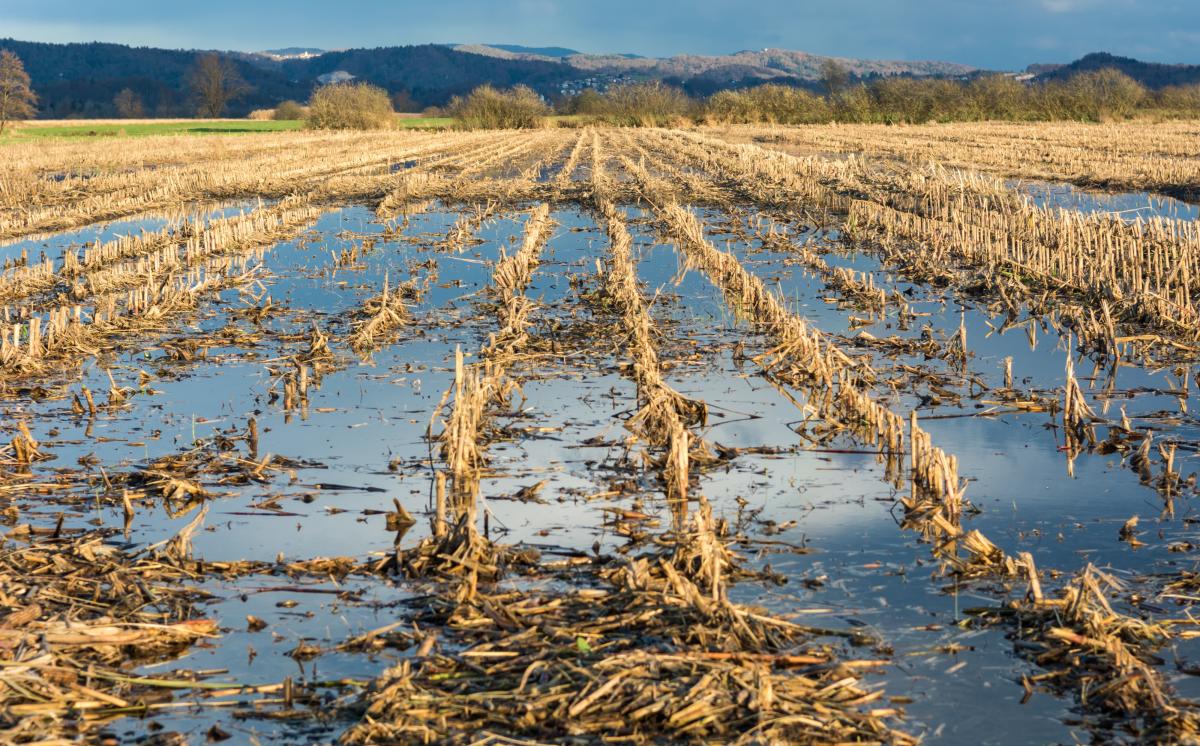“El Niño” forces the agricultural sector to adopt preventive and risk management measures

San José, 16 December 2015 (IICA). The powerful and prolonged El Niño phenomenon, which has affected Latin America and the Caribbean (LAC) since the beginning of 2014, has impacted and will further impact the productive, social and environmental sectors of several countries in the region.
Although the phenomenon will not have the same impact on all countries in LAC, or on all crops in a single country, experts agree that the only way to anticipate, prevent and mitigate its impacts is to incorporate risk management into agricultural planning; this is the only way in which agriculture can become more resilient in the face of extreme climatic events.
These conclusions are drawn from the most recent technical bulletin prepared by specialists of the Inter-American Institute for Cooperation on Agriculture (IICA), which analyzes the impact of El Niño on the agricultural sector of LAC, in order to support decision makers in designing instruments and strategies to deal with the climatic phenomenon.
The bulletin was created under the technical coordination of Hugo Chavarría, IICA Specialist in Quantitative and Sectoral Analysis of the Institute’s Center for Strategic Analysis for Agriculture (CAESPA), and includes input from over 12 Institute specialists.
Severe hydrological, meteorological and agricultural droughts are being forecast for Central America, Mexico, the Caribbean, and some regions of South America, and are expected to cause significant losses of staple grains, fruits and livestock (especially in the Central American “Dry Corridor”). On the other hand, El Niño may improve agricultural yields in Andean and other South American countries, due to an expected increase in rain.
“Although some countries have developed projects and strategies for mitigating the impact of the phenomenon on agriculture, it is important to create long-term strategies that, in addition to mitigation, also contemplate adaptation and climate risk transfer,” stated Joaquín Arias, IICA Specialist in Policies and Sectoral Analysis and co-author of the publication.
Some of the bulletin’s most noteworthy recommendations are to make progress in developing comprehensive risk management strategies (especially in family agriculture), to strengthen monitoring and early warning systems, and to promote innovation in order to improve the resilience of agriculture and natural resource management.
According to Kelly Witkowski, IICA Specialist in Agriculture and Climate Change and co-author of the document, the current manifestations of El Niño in the Americas serve as a preview to what the region could experience in a few years as a result of greater impact of climate change.
Manuel Otero, IICA Representative in Brazil and co-author of the document, agreed with Witkowski. “The implementation of reactive, preemptive actions against the impacts of El Niño will only be possible if climatic monitoring is improved and the resulting information is used, together with society, to develop response actions to the diverse effects and consequences of the phenomenon,” he stated.

Its impact on LAC
Throughout history, El Niño has affected the production, social and environmental sectors. For example, between 1997 and 1998, LAC faced losses of 50% in some agricultural and livestock activities as a result of the phenomenon, in addition to damaged transportation, electricity and water infrastructure. The situation led to an increase in production costs.
According to Chavarría, significant impacts are still felt by some of the main agricultural producers around the world, which could also destabilize global food markets.
“A potential increase in the global prices of commodities could generate increases in local prices, thus affecting poorer populations who use a greater percentage of their income for purchasing food,” he said.
Chavarría explained that, based on evidence gathered since 1960, the El Niño phenomena has generated an increase in the prices of ten agricultural commodities. Price increases range from 23.7% for soy, to 5.1% for livestock.
More information: